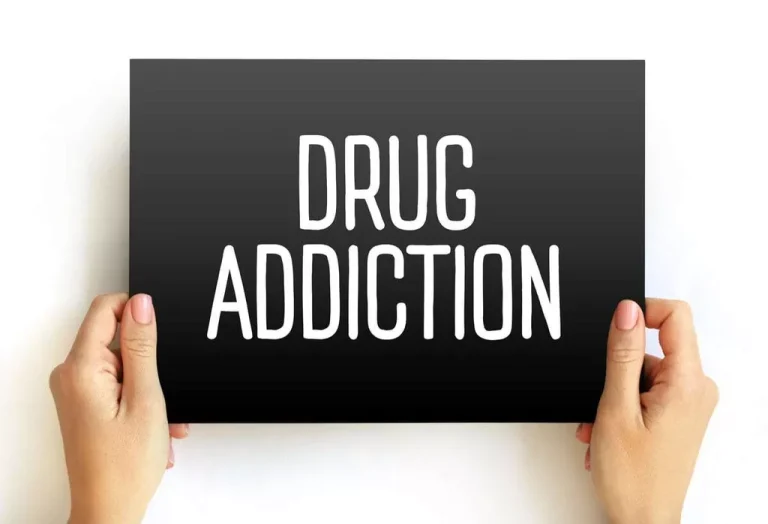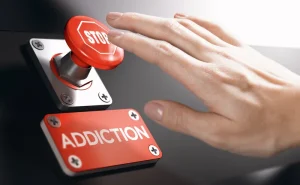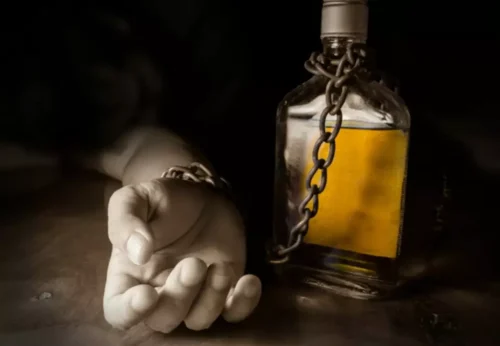
That works out to about five alcoholic drinks for men or four for women in less than 2 hours. A drink is 12 ounces of beer, 5 ounces of wine, or 1.5 ounces of liquor. We acknowledge people with lived experience of mental ill-health and recovery and the experience of people who have been carers, families, or supporters. As you might have noticed, none of these criteria specify an amount of alcohol.

Why is binge drinking dangerous?

You might point out the effects that it’s having on their mood or physical health. Or you could let them know how it’s affecting your relationship. If you’re a binge drinker, you may not drink every day, but when you do start drinking, you likely have a hard time calling it quits after just one or two drinks. Completely cutting alcohol out of your life is always an option. But if you don’t want to take that big of a step, there are ways to drink more responsibly.

Impact on your safety
Because of the impairments it produces, binge drinking also increases the likelihood of a host of potentially deadly consequences, including falls, burns, drownings, and car crashes. How quickly a person’s body absorbs alcohol may depend on their sex, age, and body size. But it typically takes four or more standard drinks for women and five or more standard drinks for men to reach a BAC of 0.08% during a 2-hour binge drinking period. Binge drinking is a type of excessive alcohol consumption that raises the BAC to 0.08 g/dL, the point at which a person is legally impaired.
The Epidemiology of Binge Drinking Among College-Age Individuals in the United States
- If you do end up storing alcohol at home, keep in the back of the fridge or in a high cabinet—somewhere out of immediate sight.
- So what should you do if your loved one initially denies having a binge drinking problem?
- Additionally, a 2017 study suggests that binge drinking may be an early risk factor of developing AUD.
- An hour or two later, you’re more intoxicated than you wanted to be.
And a more recent 2021 study showed that binge drinkers are more likely to also abuse other substances, such as the misuse of prescription drugs. So while naltrexone may be employed during treatment, it’s important to consult with a healthcare provider and/or addiction specialist https://ecosoberhouse.com/ to determine the best form of treatment for your unique needs. Adults under 35 are more likely to do this than other age groups, and men are twice as likely as women. People who make more than $75,000 a year and are more educated are most likely to binge drink.

About 17% of U.S. adults report binge drinking effects in the past year. Binge drinking frequency decreases with age but remains common among older adults. More than 1 in 10 people aged 65 and older binge drink at least once a month. If you feel that you sometimes drink too much alcohol, or your drinking is causing problems, or if your family is concerned about your drinking, talk with your health care provider. Other ways to get help include talking with a mental health professional or seeking help from a support group such as Alcoholics Anonymous or a similar type of self-help group. If you find yourself binge drinking regularly or are having a hard time managing your drinking, help is available to you.
- Excessive alcohol use can harm people who drink and those around them.
- Heavy drinking is believed to cost the U.S. economy more than $200 billion a year in lost productivity, health costs, and property damage.
- Alcohol use continues to take up more of your time and energy, impacting your physical and mental health until you need to take serious steps to address your drinking problem.
- Simply explain why you’re concerned about their binge drinking.
If your excessive alcohol use is a recurring issue, you might admonish yourself for your poor self-control or even develop a sense of self-loathing. If you have trouble stopping drinking once you start, these tips can help you build a healthier relationship with alcohol. Additionally, a 2017 study suggests that binge drinking may be an early risk factor of developing AUD. For example, a 2018 cross-sectional study found a strong relationship between adolescents who binge drink and developing AUD.
Short-term effects and health risks of binge drinking

This is enough to raise your blood alcohol level to .08, which would result in impaired driving. Binge drinking puts a person at risk of short- and long-term health problems. These problems include hangovers, injuries, overdoses, alcohol use disorder, heart and liver disease, and cancer.
